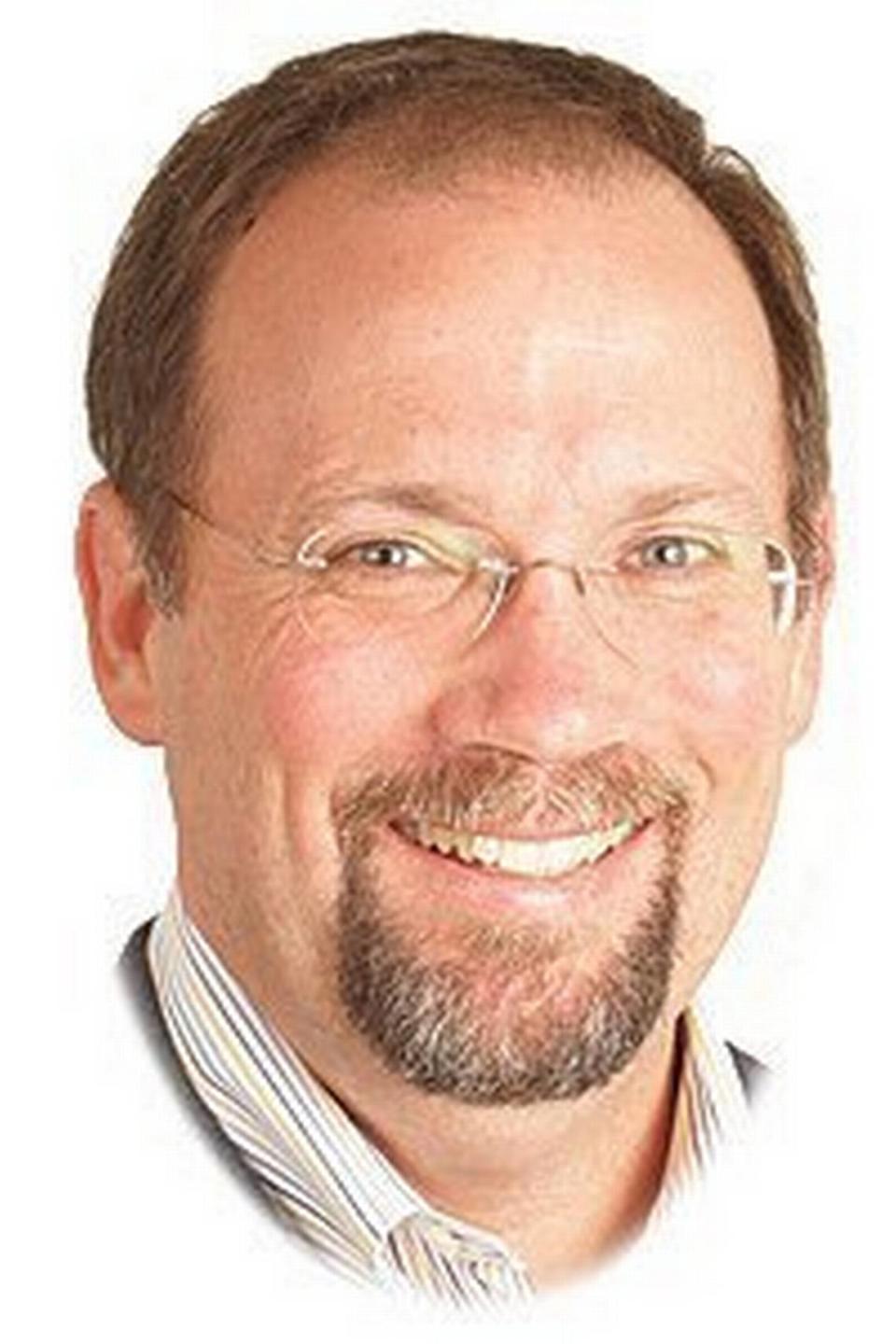Faith | Faith and science speak to each other through humility and accountability
Science and Faith are at least cousins if not spouses. How and Why are related if not married to each other. Facts or data alone are meaningless. Meaning or values alone are baseless.
For something to be objectively true it must be verifiable and falsifiable. For something to be subjectively true, it must be explorable and integrable.
Science and Faith need each other, but they don’t need to try or pretend to be each other. No, they each need to be their best autonomous selves in constant communication and cooperation. This requires ongoing collaboration as respectful partners in the human enterprise.
That’s my thesis for this reflection. Perhaps not very exciting or romantic, I admit. But I am one who spent much of my career holding each partner’s hand, listening closely to each voice, while urging each to honor the other with humility and authenticity.
Science and technology (where facts reside) and humanities and arts (where soul resides), when honoring each other each becomes whole.
How something works eventually demands to know Why it makes a difference (“so what?”). And Why something matters eventually demands to understand How it functions.
Science and faith are in a symbiotic relationship that is essential and vital to life and community.
I appreciate the occasional articles on science and technology (How it’s done) written by Stephen Ashby of PNNL/Battelle for this newspaper. He usually concludes with consideration of some applications and especially societal impacts of a given development (Why it matters). It’s one way of establishing a certain faith in and respect for science.
There is an increasing body of valid, peer-reviewed research on matters of faith (through expressions of ethics, spirituality and religion) that lends measurable credence to empirical phenomena, that strengthens the bond between seeing and believing. Submitting matters of faith to scientific investigation does not validate or invalidate but does require accountability for unsubstantiated claims by faith.
But, you may ask, how can you measure art or the humanities?
While you can analyze meter and verbiage in a poem, or compare color tones of a painting, or count the number of persons who “like” a photograph, you can’t objectively explain Why you like this photo, or what in this poem moves you, or how a Rembrandt impresses you while a Monet does not. You can’t measure your affections, but you can describe them and Why they matter to you and perhaps others.
The two core disciplines of faith and science speak to each other through the grace of authentic humility and accountability. They speak better after listening. They learn better through experiencing. They understand better in the course of appreciating. And perhaps most importantly, they don’t ask for what cannot be delivered.
For example, don’t ask history to verify or falsify the present. But do ask our past stories to explore and inform our present stories.
Don’t confuse facts with meaning. But do allow purpose to motivate or inspire pursuit, while allowing reflection on How and Why the pursuit is worthwhile.

Timothy J. Ledbetter, DMin, BCC is a retired American Baptist-endorsed professional chaplain and member of Shalom United Church of Christ in Richland. Questions and comments should be directed to editor Lucy Luginbill in care of the Tri-City Herald newsroom, 4253 W. 24th Avenue, Kennewick, WA 99338. Or email lluginbill@tricityherald.com.

